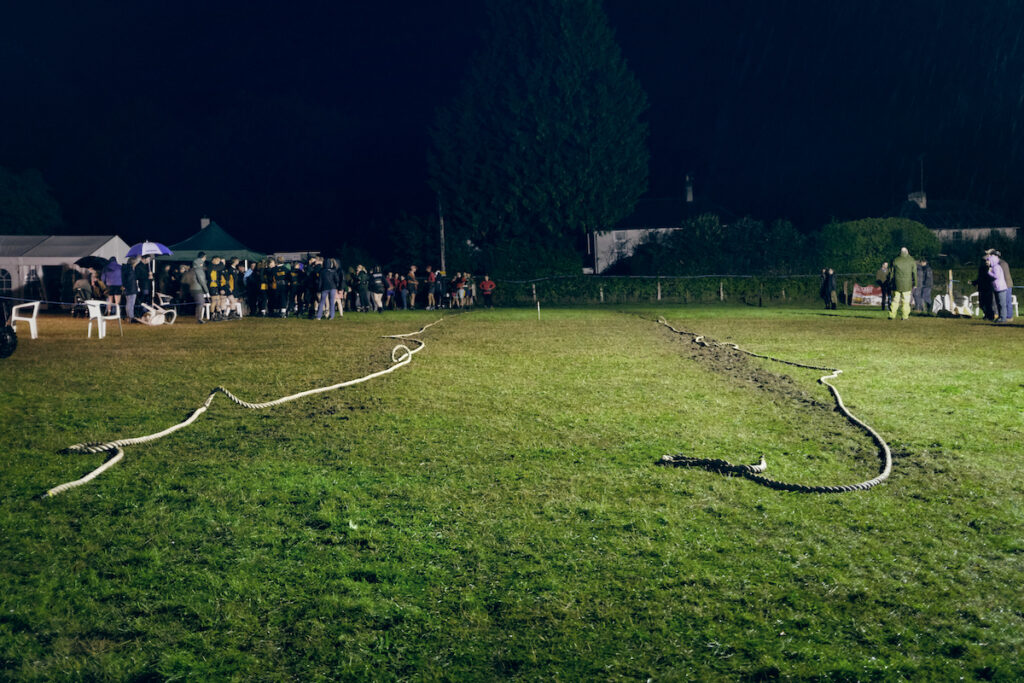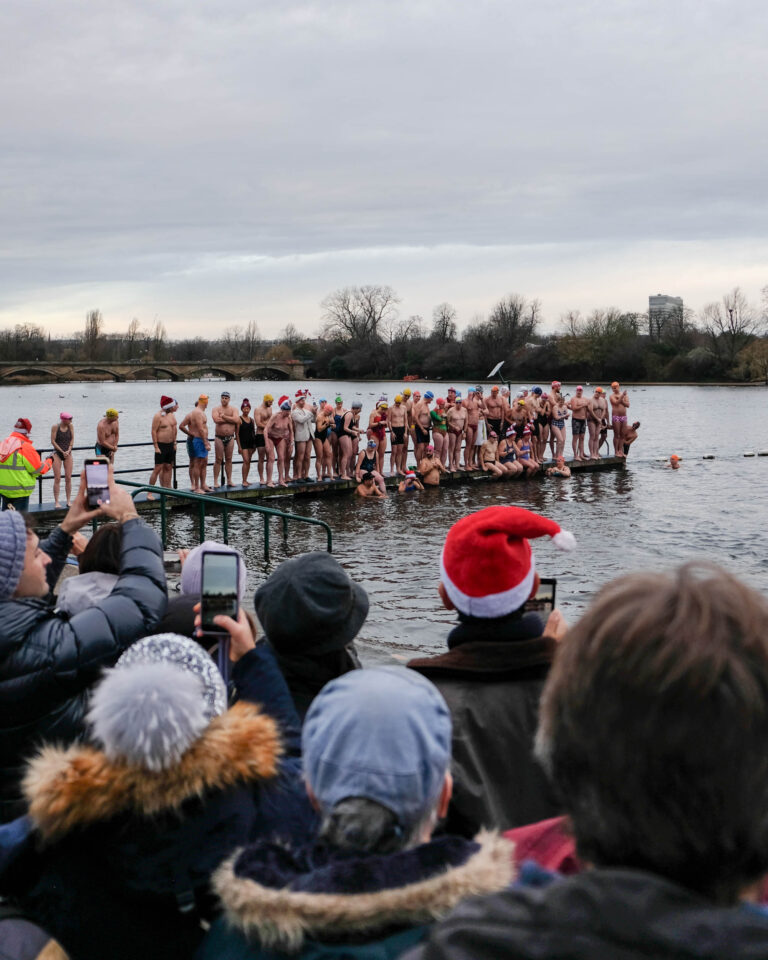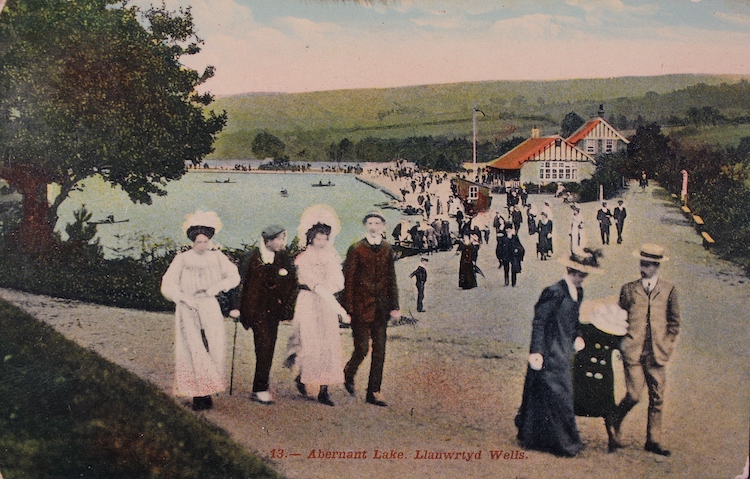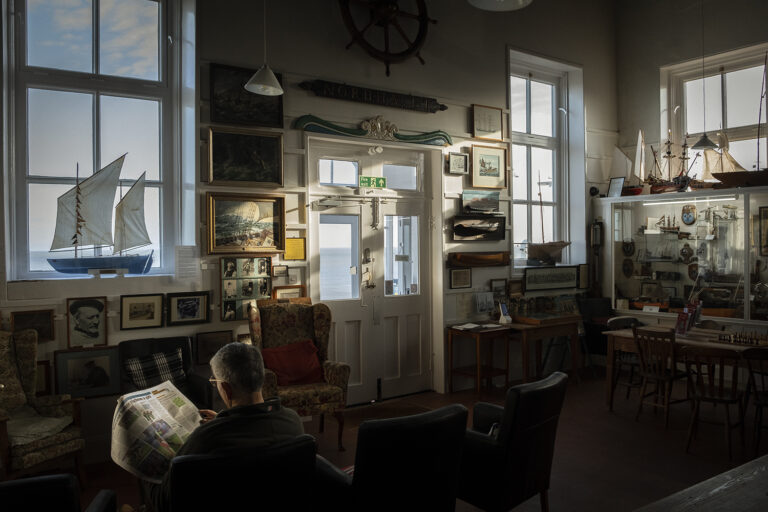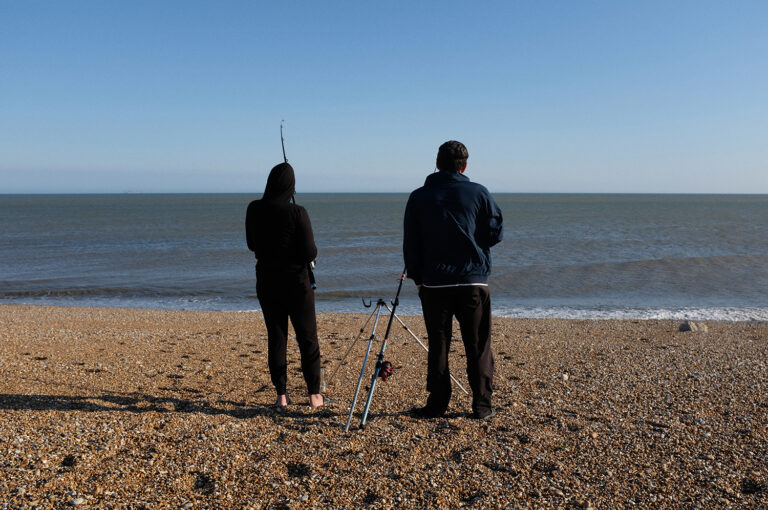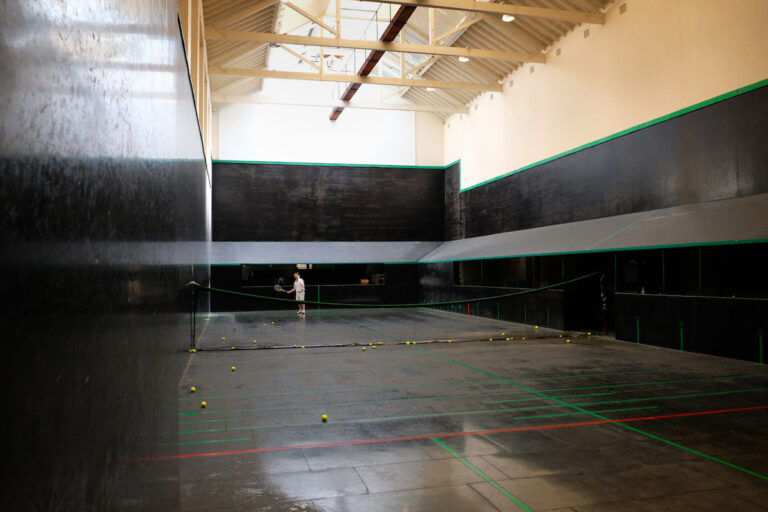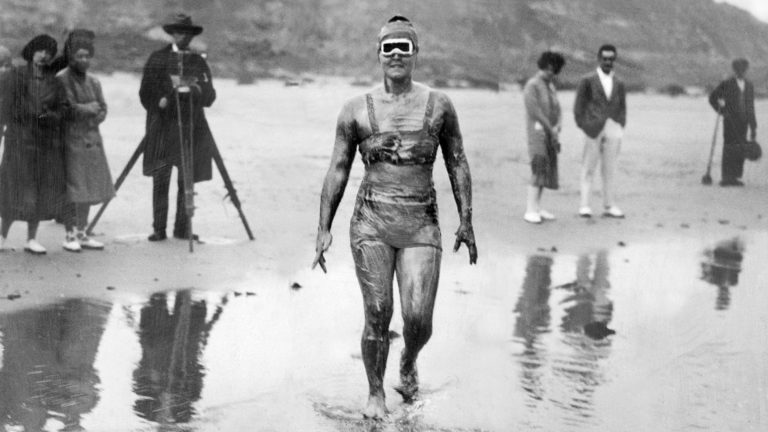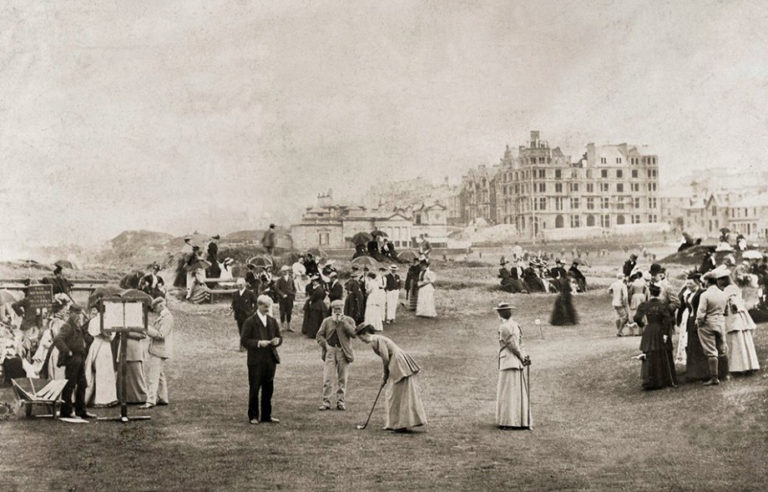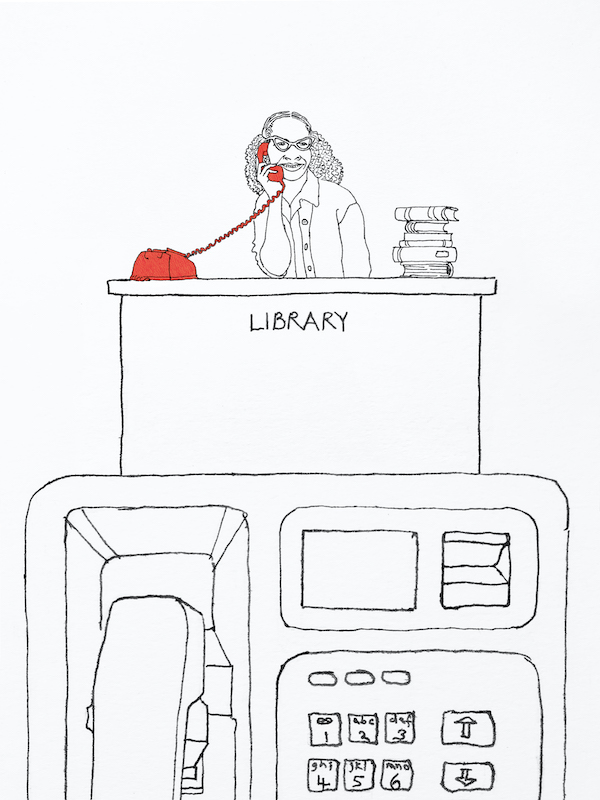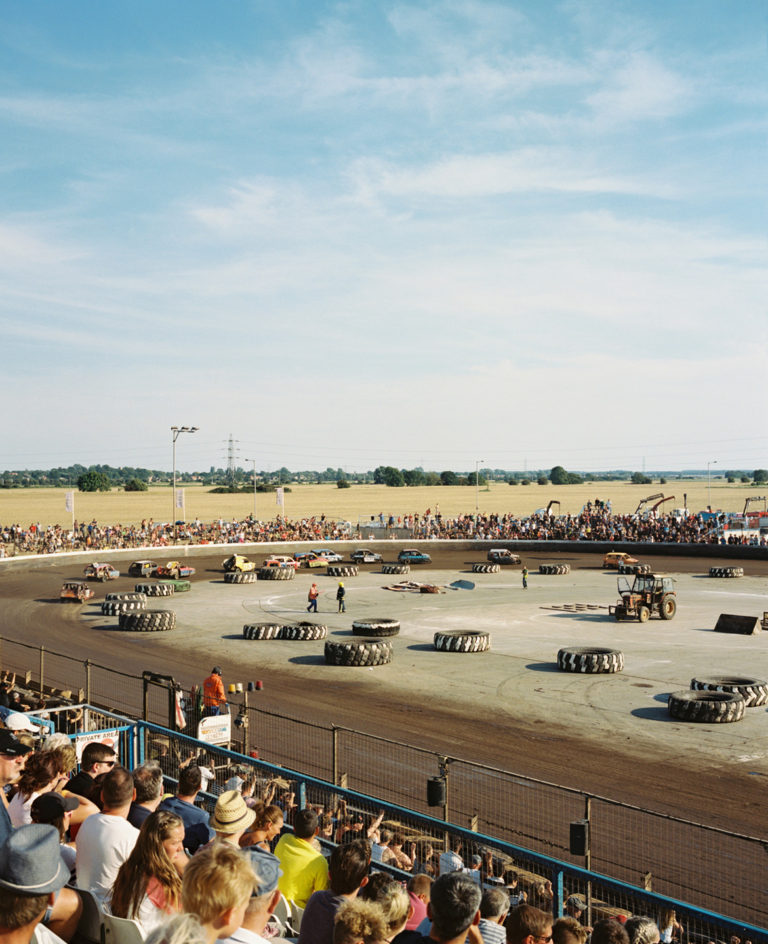TUG O' WAR I Widecombe in the Moor, Devon, England
Buckle up your tug boots women and men
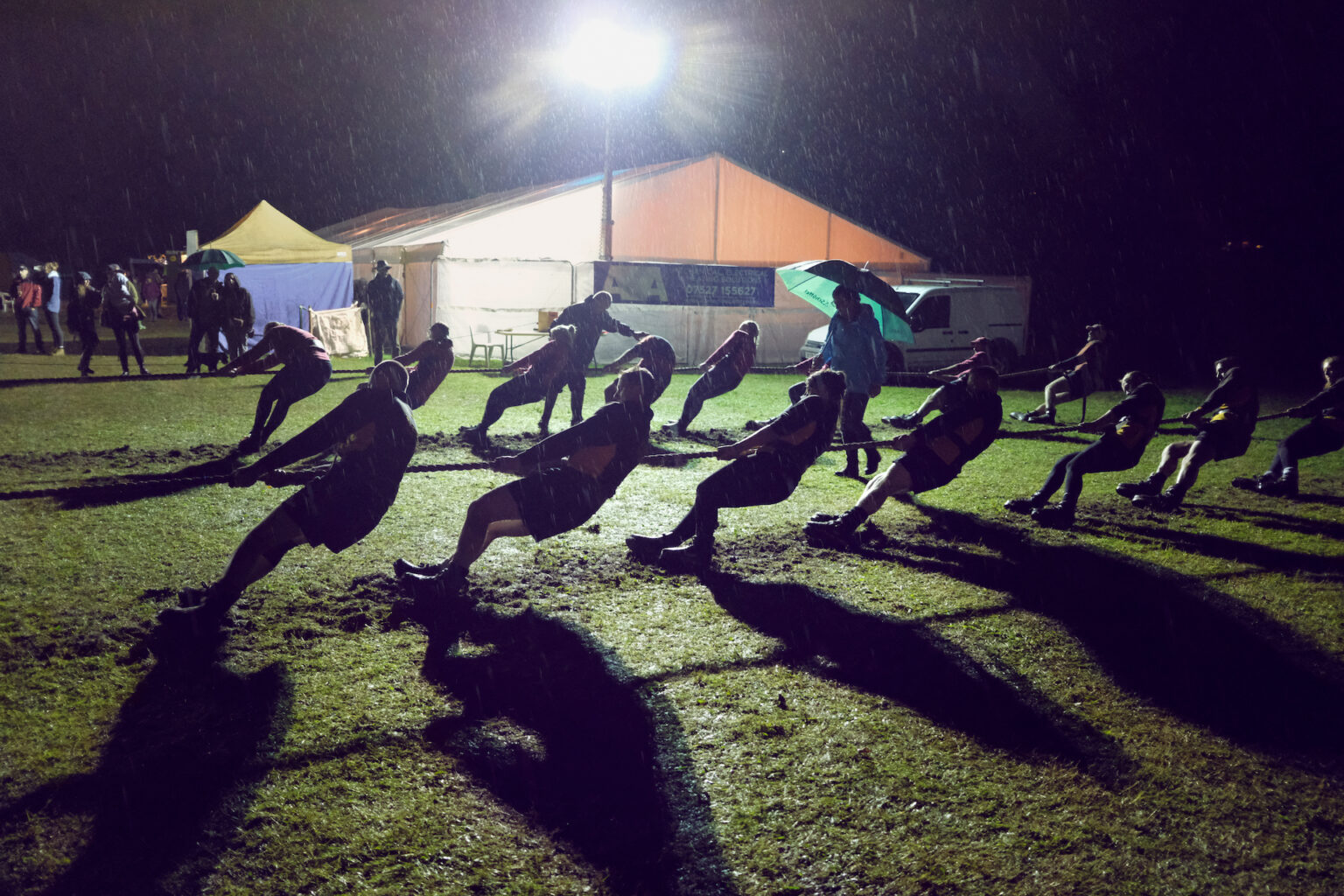
Great Britain is the reigning Olympic tug o’war champion (unfortunately the event hasn’t appeared at the games since Antwerp in 1920 although its’ return has recently been mooted).
On a rainy school night in a field deep in the hills of Dartmoor, dozens of people turned out to see two groups of elite contestants pull a rope back and forth between them. Such is the popularity of tug o’ war in these parts although it was the same day as Widecombe Fair. This ancient sport isn’t just a Devon thing, it’s popular across the world. The International Tug Of War Federation has 73 member associations, from Mongolia to Mauritius, Brunei to Brazil. Who knew?
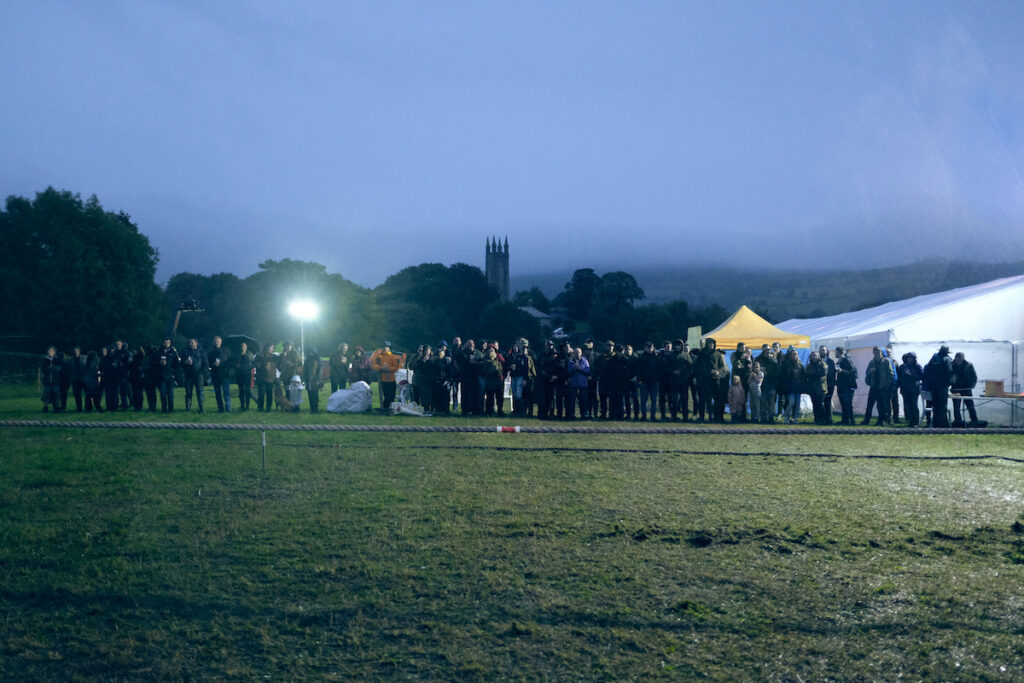
It’s a wonderfully simple sport, cricket this is not. There are two teams at opposite ends of a rope, each team attempts to drag the other across a centre point without falling over. The length of the rope (25m-100m) depends on the number of participants, apart from that the only equipment needed is a sturdy pair of tug o’ war boots. There are remarkably few rules you need to know but whatever you do, don’t lower your elbow below your knee while pulling, the International Tug of War Federation doesn’t permit that! Back, elbow and knee supports are allowed. Propping, locking and sitting are not. If you want to play safe there are 26 pages of rules in the federation’s guidebook. Federations love a directive.
Largely a rural pastime in the UK, it has often been contested at Highland games, alongside the caber toss and the hammer throw. Whether the teams at Widecombe were farmers or university students was hard to say but it’s a particularly inclusive sport; there are teams of big beefy men but there are also mixed and female only teams. Each team has a coach (operating a bit like a rowing cox to control the rhythm) which might be a woman coaching men or vice-versa. The Coracle’s previous tug o’ war experience amounted to 10 barrel shaped men straight outta the pub so times have changed. They say that technique is as important as weight but surely a good pie and chips habit wouldn’t go amiss.
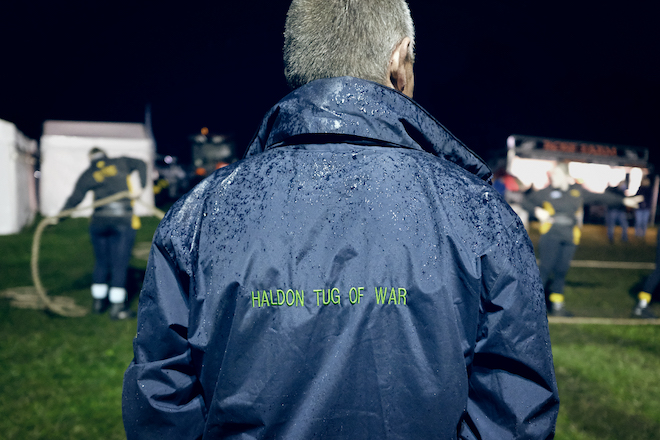
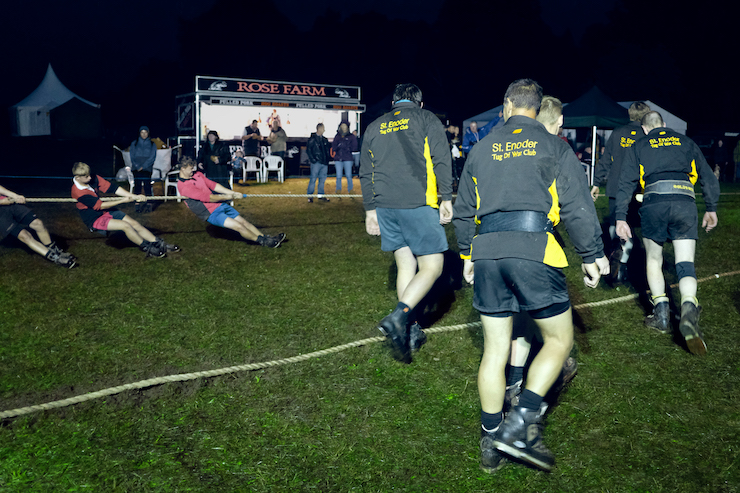
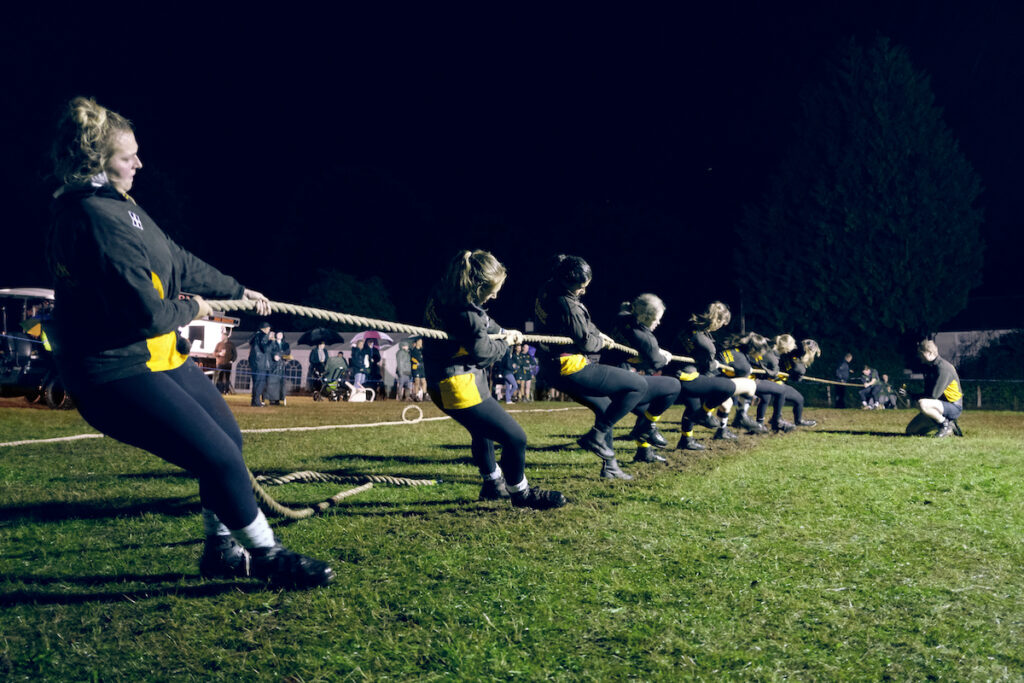
It’s the type of sport whose origins are hard to date, like kicking a ball or, er Darts. There is an ancient Egyptian/Greek legend that the sun and moon played TOW in a battle between light and darkness. It was also popular at the courts of Chinese emperors, in 15th century French chateaux and of course in small villages in Devon. There are a few international variations which you would imagine the federation doesn’t condone; Korean children clasp their arms around each other in a human chain, the Inuit of Canada sit on the ground to pull and in Afghanistan a wooden stake replaces the rope, presumably being at the sharp end isn’t very popular!
Previous events at the fair were bale tossing and ferret racing which aren’t under inclusion for reinstatement at the Olympics.
There’s more information for female participants here
You can see GB’s silver winning 1912 team in action here
